Address
304 North Cardinal St.
Dorchester Center, MA 02124
Work Hours
Monday to Friday: 7AM - 7PM
Weekend: 10AM - 5PM
Address
304 North Cardinal St.
Dorchester Center, MA 02124
Work Hours
Monday to Friday: 7AM - 7PM
Weekend: 10AM - 5PM
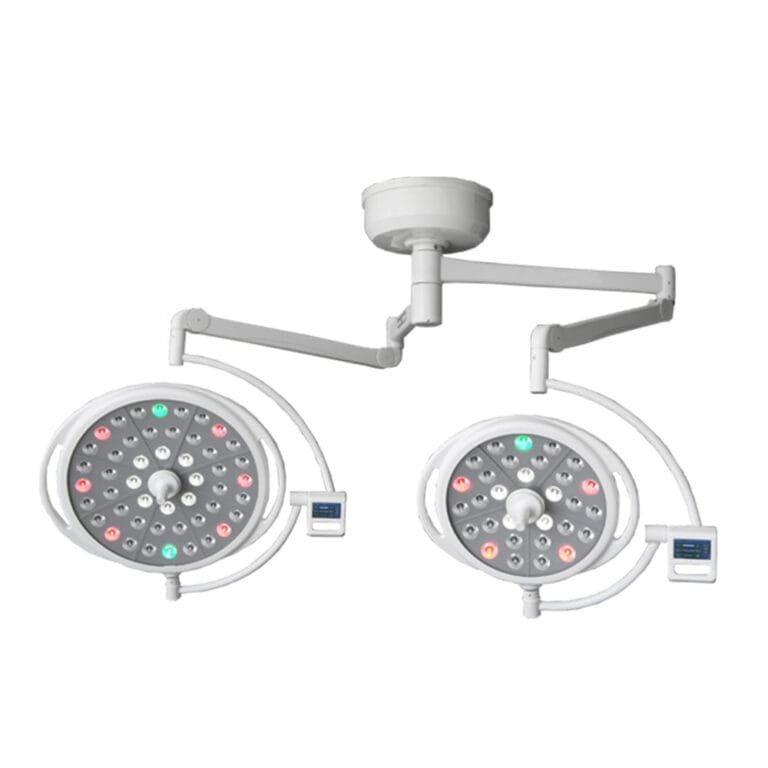
LED surgical light sources have revolutionized operating rooms worldwide, offering enhanced brightness, color accuracy, and energy efficiency compared to traditional lighting solutions.
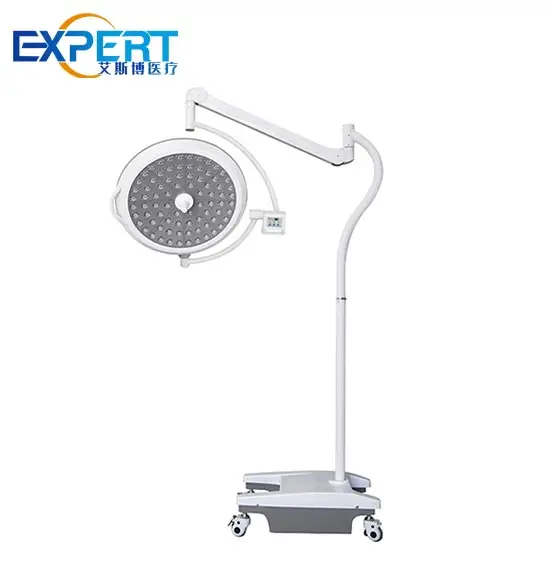
In the intricate world of surgery, precision and clarity are paramount. Surgical lights, often overlooked yet crucial, serve as the guiding beacons in the operating room, illuminating every crucial detail. This comprehensive guide delves deep into the realm of surgical lights, elucidating their significance, evolution, and profound impact on surgical outcomes.

The quality of surgical ceiling lights in an operating room can significantly impact the outcomes of surgeries.
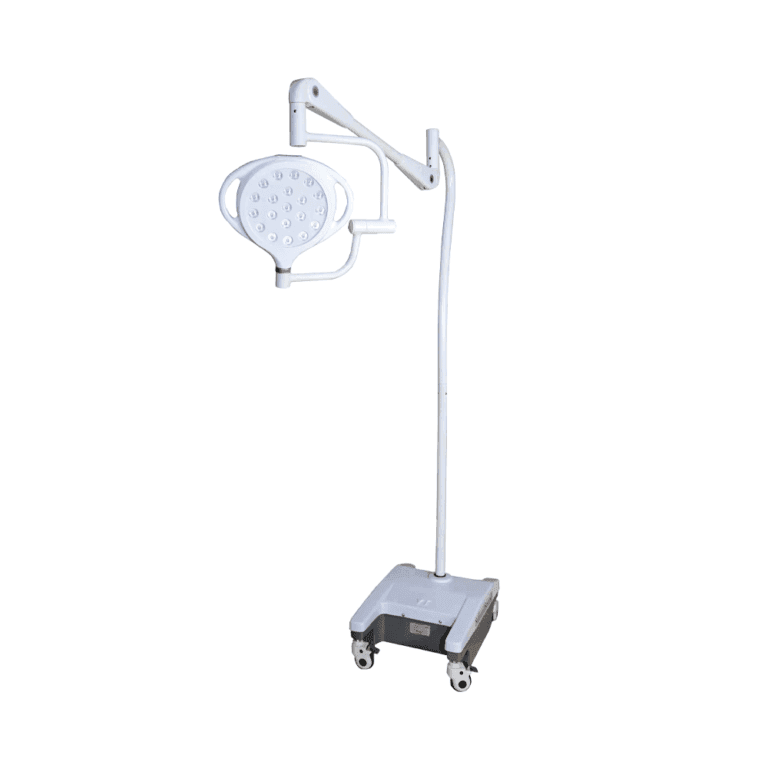
In the fast-evolving field of medical technology, mobile surgical lights have emerged as a revolutionary tool, enhancing the operating room (OR) experience for surgeons and patients alike.
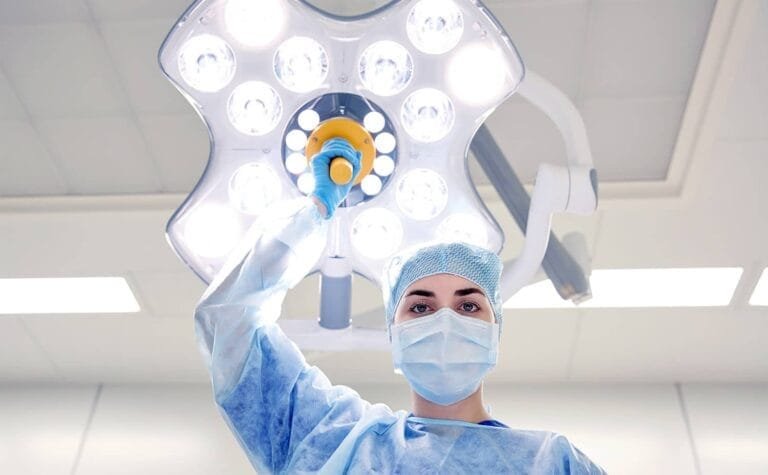
In the fast-paced world of healthcare, technological advancements continuously reshape medical practices, and mobile surgical lights stand out as a quintessential innovation. These portable lighting systems have revolutionized surgical procedures, offering enhanced flexibility, efficiency, and patient outcomes. This article delves into the profound impact of mobile surgical lights on healthcare, exploring their benefits, applications, and future prospects.

This guide aims to help healthcare professionals make an informed decision when selecting the best surgical light camera system for their needs.

In the realm of surgery, every detail matters. Among the myriad factors influencing surgical outcomes, operating lamps play a crucial yet often overlooked role. This blog aims to delve into the significance of operating lights in surgical procedures, shedding light on their impact and importance.

Shadowless surgical lights have emerged as indispensable tools in operating rooms worldwide, shadow-free illumination that enhances visibility.
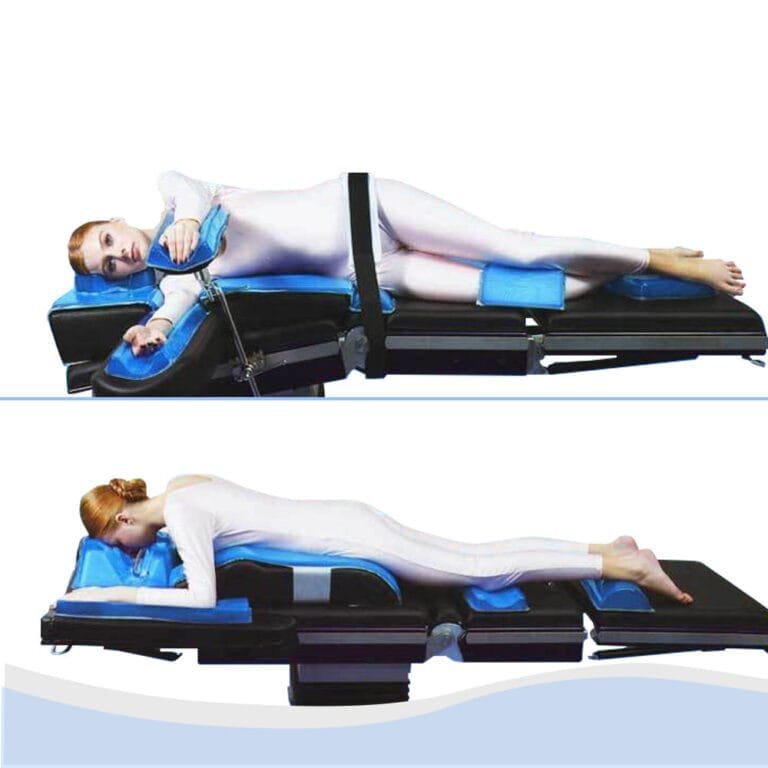
This guide will walk you through the different types of operating table accessories, their functions, and how to choose the right ones for your facility.
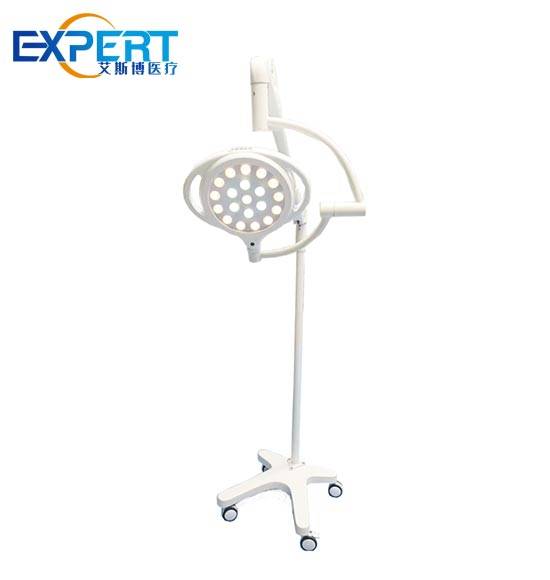
In the realm of surgery, LED surgical lights have become an indispensable tool that enhances precision, safety, and overall surgical outcomes.